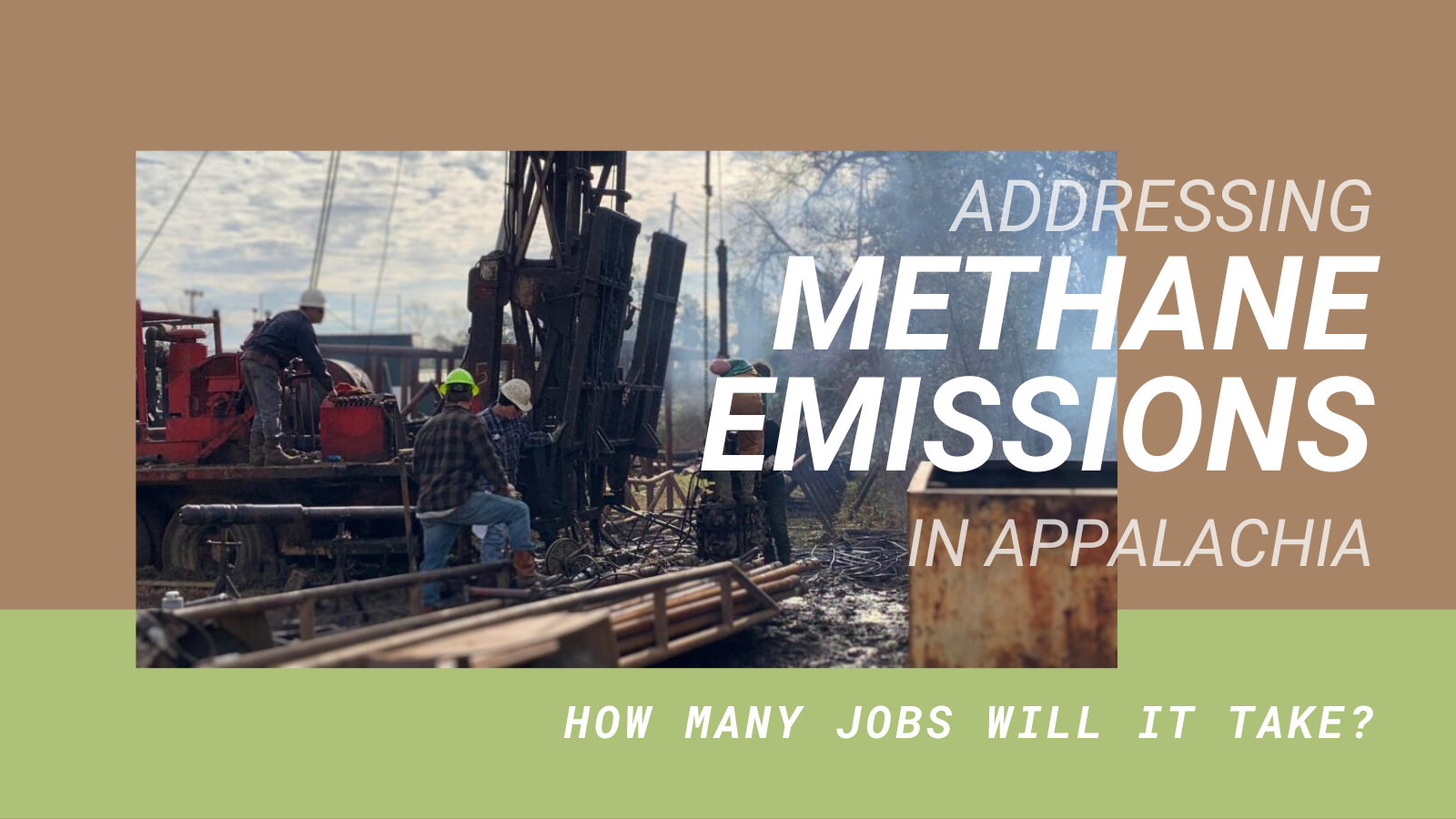Download report Download toolkit Download state fact sheets
Current efforts to target methane emissions in the oil and gas industry for reduction stem from two underlying facts: excess atmospheric methane plays several particularly egregious roles in the Earth’s atmosphere, and currently available technology within the oil and gas industry exists to reduce its prevalence. In other words, there’s a problem and we can do something about it.
In December 2023, the EPA released new regulations intended to reduce methane emissions. These regulations focus on oil and natural gas operations for both production and processing as well as natural gas transmission and storage. Through the Infrastructure Investment and Jobs Act of 2021 (IIJA), the federal government allotted $4.7 billion for “Methane Reduction Infrastructure” to decommission orphaned oil and gas wells, which includes plugging the well and surface reclamation. Included in the 2022 Inflation Reduction Act (IRA) was $1 billion for reducing methane emissions from marginal (low-producing) conventional oil and gas wells, including $700 million for state grants to decommission wells.
This report estimates the number and types of jobs required to meet new EPA regulations and to decommission oil and gas wells in four Appalachian states: Kentucky, Ohio, Pennsylvania, and West Virginia.
The four-state Appalachian region of Kentucky, Ohio, Pennsylvania, and West Virginia will collectively require between 13,005 and 15,530 direct jobs to deal with additional EPA methane emissions regulations. While a portion of these jobs will focus on replacement and abatement of methane emissions (between 7,793 and 9,714) and thus be temporary, those positions related to maintenance and monitoring (between 5,212 and 5,816) will be permanent.
Decommissioning 64,607 documented orphaned wells in the four states in Appalachia would support roughly 11,600 direct job-years. Decommissioning the total unplugged well inventory in all four states would support up to 157,000 direct job years. Utilizing $1.3 billion from the IIJA and IRA to decommission orphaned and marginal conventional wells would require an estimated 2,400 direct jobs on well sites.
These are only direct jobs. Indirect jobs will also be created from the purchase of goods and services. Additionally, the labor income paid to employees is circulated back into the economy when those employees purchase goods and services, creating the “induced effect,” which further stimulates the economy. For example, the U.S. Department of the Interior estimates that one job is supported per $83,670 in IIJA state grants expended. Using this job creation estimate would increase the number of jobs supported above our estimates for on-site workers needed to decommission wells by six-fold, from 2,090 to over 13,400 total jobs (direct, indirect, and induced) decommissioning orphaned wells.
There has been a sharp employment decline in the upstream oil and gas industry in Appalachia since the development of the Utica and Marcellus Shales in the mid 2010s. Altogether, upstream oil and gas employment in Appalachia declined 46 percent, from about 47,600 in 2014 to 25,700 in 2022, which is slightly below employment levels before the shale boom.
While a portion of the employment growth over the last decade includes transient workers who moved to the region to complete the shale development, there is likely still a sizable portion of workers who still live in the Appalachian region now employed in other industries or unemployed.
There are opportunities to ensure that these jobs could meet the needs of industry and support well-paid and high-benefit union employment. There are several procurement policies state oil and gas regulators can implement to ensure that unions have a good opportunity to bid on projects to decommission wells and well sites and to improve the health, safety, and wellbeing of workers. These policies can also help ensure that taxpayers get the biggest bang for their buck with high quality work, and that federal grants funds stay in local communities and help increase the number of skilled workers. To ensure there are qualified workers for quality jobs to meet new EPA methane mitigation standards, states and the federal government could enact tax credits that incentivize skilled worker training and prevailing wages. We can either implement these programs to move money out the door quickly, or we can be intentional and design these programs to make sure this work is done correctly by trained professionals who can in turn support Appalachian families comfortably.

